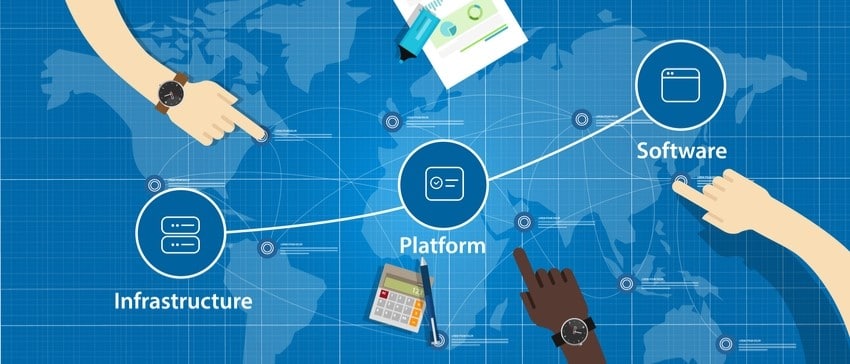Estimated reading time: 4 minutes
• The oil and gas procurement has endured some turbulent times over the last 24 months. In 2020, the world witnessed record low prices as the demand for oil and gas reduced dramatically due to lockdowns.
• Fast forward to 2022 and the world is dealing with a geopolitical crisis in Eastern Europe where Russia is one of the biggest suppliers of oil and gas to Western Europe. Oil prices have hit highs last seen close to a decade ago.
• In the middle of all this are supply chain professionals in oil marketing companies, and in oil-field service and equipment companies. They must ensure their companies navigate these changes, most of which are beyond their realm of control. They can only react and adjust.
In the middle of the 2020 Covid crisis, the Boston Consulting Group published a report detailing the status of the oil and gas industry and some of their findings were worrisome. Tier one oil marketing companies expected at least 40% of their sub-suppliers to file for bankruptcy due to the low oil prices. Companies in the sector needed to cut operating costs by up to 50% to break even.
Unfortunately, most companies were still relying on traditional cost-cutting methods, most of which were insufficient in light of the Covid-19 crisis. In fact, traditional cost-cutting measures often end up jeopardizing the future of the companies. A more sophisticated supply chain management approach was necessary to deal with that crisis and others that may arise down the road.
Oil and gas companies will be required to develop a new toolkit for risk evaluation and response. Below are the most important measures to undertake to better position themselves for a response.
Supplier Risk Intelligence
Supplier risk intelligence is critical in understanding the present and future possible risks. The oil and gas industry has a vast network of suppliers of equipment, technology, and human resources. When there is a lack of proper supplier relationship management, oil and gas companies end up bearing all the risks in the supply chain.
Greater visibility is required in the industry. Supplier performance benchmarking so that oil and gas companies will no longer deal with companies that are not up to par in terms of safety standards, staff training, and enough staff numbers.
Supply Chain Mapping
Supply chain mapping is analyzing the geographical sources of items you procure. It helps you realize your most important supply routes, but it also highlights vulnerabilities from overreliance on a single country or market. It’s an intensive process that involves looking at where your suppliers have their sites, as well as their subcontractors’ locations. When disruptions happen, a company that carries out a good mapping process can predict how its supply chain may be affected in the short term and in the long term. They can plan accordingly because they have enough lead time.
Supply Chain Market Intelligence
The nature of oil and gas procurement is such that there is a lot of volatility. It’s intertwined with geopolitics and foreign exchange markets. Industry, in turn, affects all areas of the global economy. Oil and gas companies must constantly scour for information that is relevant to their supply chains. For instance, when lead times begin to increase, it requires an investigation to find out the bottleneck. The organization then assesses whether there is a need to find an alternative.
Intelligence also involves analyzing spend categories and deciding whether any optimization is necessary. For instance, if a big chunk of the procurement budget is being spent with one supplier, the company should be able to use that to negotiate favorable terms. If not, the company may consider doing business with a different supplier.
Institutionalizing Supply Chain Capability Requirements
As the oil and gas industry begins to appreciate the need for a modern approach to supply chain management, it will need to put together supply chain talent requirements. The talent will come at a big cost due to the scarcity of modern supply chain professionals. They need to be people who can soak up huge volumes of data and make important decisions quickly. But they also can be a great source of competitive advantage.
There is also a need for companies to select suppliers based on their alignment with regard to sustainability. ESG is now no longer just a buzzword in investor circles. Companies are taking real actions to demonstrate their commitment to sustainability goals. Companies ought to hold their suppliers to strict but realistic standards when it comes to ethics, governance, and sustainable operations.
The Value of E-procurement Technology
Oil and gas supply chains can improve their agility by using e-procurement solutions that improve precision in decision-making. Companies can carry out better supply chain mapping by being able to profile suppliers by location. Robust source-to-pay software makes it possible to gain visibility into tier 1, tier 2, and even tier 3 suppliers. The availability of such information enhances risk assessment and mitigation.
If your company is in the oil and gas sector, consult ProcurePort for software consultancy services to help you craft a strategy to better deal with the complex nature of the sector. We can build custom software solutions to fit your company’s needs. Schedule a consultation here.










